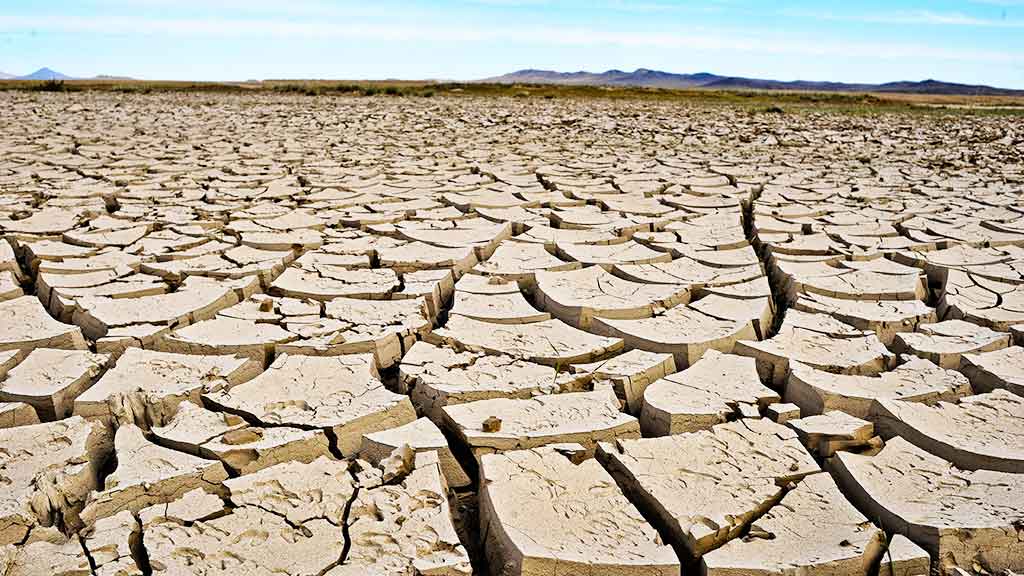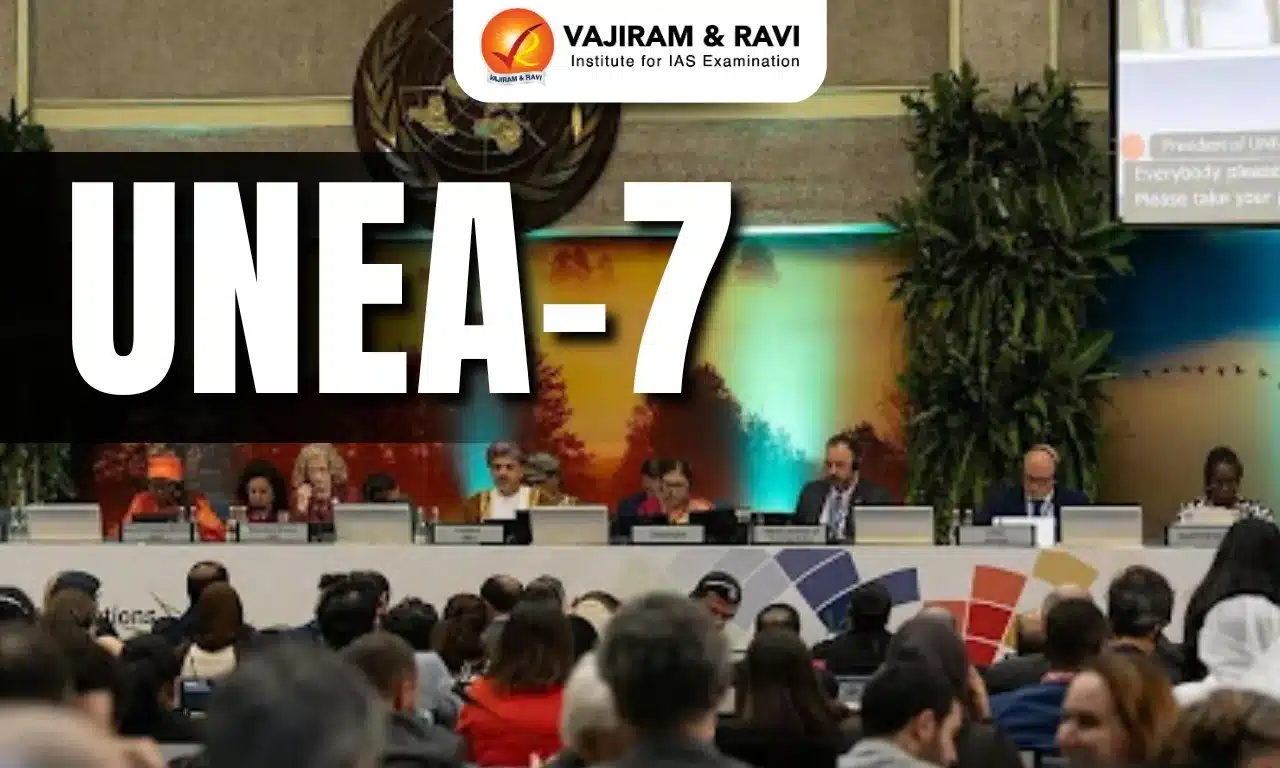What’s in today’s article?
- Why in News?
- What are the Normal Climatic Conditions?
- What is El Nino and La Nina?
- Indian Monsoon during the Previous Years and the Recent Trends
- The El Niño Threat
Why in News?
- Meteorologists have forecasted 50% chances of El Nino occurrence later in 2023.
What are the Normal Climatic Conditions?
- Weather depends a lot on ocean temperatures and where the ocean is warm, more clouds form and more rain fall in that part of the world.
- In the Pacific Ocean, near the equator, the Sun makes the water especially warm on the surface.
- Normally, a surface low pressure system forms in northern Australia and Indonesia and a high-pressure system develops off the coast of Peru.
- As a result, the trade winds blow strongly from east to west over the Pacific Ocean, transporting warm surface waters westward.
- This leads to convective storms (thunderstorms) to Indonesia and coastal Australia.
Image Caption: El NinO Effect
What is El Nino and La Nina?
- El Nino and La Nina are two opposing climate trends that deviate from the normal conditions and normally run nine to twelve months, but can often extend.
- These events occur every two to seven years on average (El Nino is more frequent than La Nina), but not on a regular basis and together are referred to as the El Nino-Southern Oscillation (ENSO) cycle by scientists.
- El Nino is typically known as the warm phase (a band of warmer water spreading from west to east in the equatorial Pacific Ocean) and La Nina is identified as the cold phase (a band of cooler water spreads east-west) of ENSO.
- Both El Nino and La Nina can have global effects on weather, wildfires, ecosystems and economics.
Image Caption: El Nino and La Nina
Indian Monsoon during the Previous Years and the Recent Trends:
- India has had four consecutive years of good monsoons and overall rainfall from 2019 to 2022, receiving an average area-weighted rainfall of 1,268 mm annually.
- The surplus precipitation (more than the “normal”) has helped deliver higher agricultural growth – an average of 4.3% per year during 2019-20 to 2022-23.
- The bountiful rainfall during 2019-22 has been significantly attributed to La Niña.
- The most recent Oceanic Niño Index (ONI) value – a three-month running-average sea surface temperature (SST) deviation from the normal in the east-central equatorial Pacific – was minus 0.4 degrees Celsius for January-March 2023.
- Since La Niña is characterised by a negative ONI exceeding or equal to minus 0.5 degrees, it means that the so-called ENSO (El Niño-Southern Oscillation) cycle has entered a “neutral” phase.
The El Niño Threat:
- According to the US NOAA, ENSO-neutral conditions are likely to persist through the Northern Hemisphere early summer 2023.
- However, a transition to El Niño is favoured by July-September 2023.
- To sum up, 2023 could well end the run of good rainfall years since 2019.
- Therefore, everyone from policymakers to tractor companies has to brace themselves for a not-too-great monsoon this time.
- In an election year leading up to the National Lok Sabha polls in April-May 2024, the resulting political challenges would be equally difficult.
Q1) What is the Oceanic Niño Index (ONI) value?
The ONI is the rolling 3-month average temperature anomaly in the surface waters of the east-central tropical Pacific, near the International Dateline. Index values of +0.5 or higher indicate El Niño. Values of -0.5 or lower indicate La Niña.
Q2) What is ENSO (El Niño-Southern Oscillation)?
It is an irregular periodic variation in winds and sea surface temperatures over the tropical eastern Pacific Ocean, affecting the climate of much of the tropics and subtropics. The warming phase of the sea temperature is known as El Niño and the cooling phase as La Niña.
Source: Will there be an El Niño in 2023 and what are the implications? | NOAA
Last updated on December, 2025
→ Check out the latest UPSC Syllabus 2026 here.
→ Join Vajiram & Ravi’s Interview Guidance Programme for expert help to crack your final UPSC stage.
→ UPSC Mains Result 2025 is now out.
→ UPSC Notification 2026 is scheduled to be released on January 14, 2026.
→ UPSC Calendar 2026 is released on 15th May, 2025.
→ The UPSC Vacancy 2025 were released 1129, out of which 979 were for UPSC CSE and remaining 150 are for UPSC IFoS.
→ UPSC Prelims 2026 will be conducted on 24th May, 2026 & UPSC Mains 2026 will be conducted on 21st August 2026.
→ The UPSC Selection Process is of 3 stages-Prelims, Mains and Interview.
→ UPSC Result 2024 is released with latest UPSC Marksheet 2024. Check Now!
→ UPSC Prelims Result 2025 is out now for the CSE held on 25 May 2025.
→ UPSC Toppers List 2024 is released now. Shakti Dubey is UPSC AIR 1 2024 Topper.
→ UPSC Prelims Question Paper 2025 and Unofficial Prelims Answer Key 2025 are available now.
→ UPSC Mains Question Paper 2025 is out for Essay, GS 1, 2, 3 & GS 4.
→ UPSC Mains Indian Language Question Paper 2025 is now out.
→ UPSC Mains Optional Question Paper 2025 is now out.
→ Also check Best IAS Coaching in Delhi

















